Studio 64 (Kimberley) Spring 2022 Jazz and Blues Concert Series – Melody Diachun Quartet. (2022/04/16)
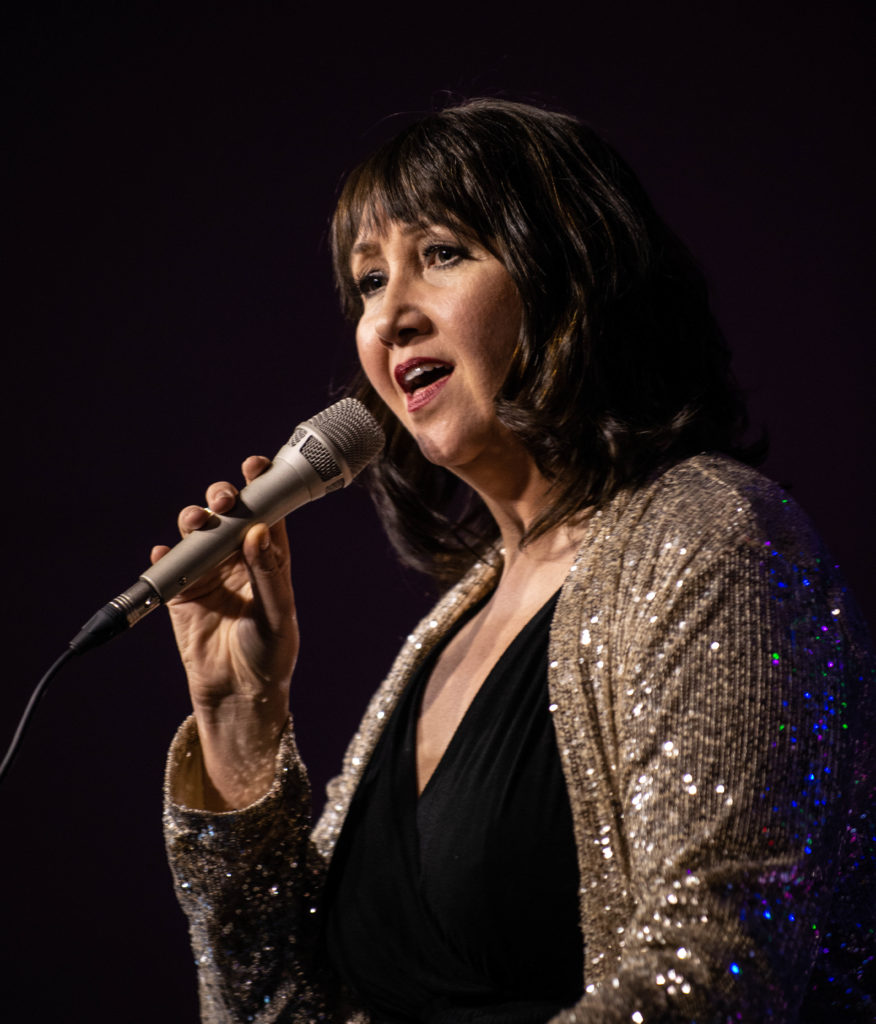
When starting out on a new project it is always a good idea to have a clear goal in mind. It provides stimulus and focus. Last time round (2017) the Nelson musician Melody Daichun zeroed in on the music of Brazil and the Beatles. It informed the program for a brilliant concert held on October 28,2017 at the Studio 64. This time round the goal of choice for Melody and her quartet was the music of Sting. Now, Sting is best known as the front man for the band The Police. This loud, powerhouse trio of Sting (Bass, vocals), Andy Summers (guitar) and Stewart Copeland (percussion) dominated the international pop scene in the years 1977 through 1986. While, I always thought that Sting was a bit of a poser, the band’s mixture of Punk, Reggae and Jazz appealed to me. Once I overlooked the abrasive loudness and hype of the band I realized their music had substance. Maybe it was just the jazz influences that appealed to me. Post-Police, with his strong song writing skills, Sting emerged as a solo performer with musicality and an uncanny ability to form brilliant collaborations with musicians from across the musical spectrum. At one stage he was fronting “the best jazz band in the world”. An exaggeration perhaps but not by much. That band included saxophonist Branford Marsalis and pianist Kenny Kirkland and they definitely had solid jazz credentials. Their performances provided a whole new sophisticated way of presenting the music of Sting. In light of this new perspective it is no wonder that Melody Diachun (vocals) Doug Stephenson (bass), David Restivo (piano) and Tony Ferraro (drums) chose a program of Sting’s music. Originally, the intent was to go into the studio and record the material for a new CD. Of course, the Covid pandemic put that on pause for over two years. We are slowly emerging from the shadow of the last two years and the recording project is back on track. This concert was a preview of the CD that will be released later this year.
The first tune of the evening was the reggae inspired Walking on the Moon. Originally recorded by The Police in October 1979 the title is a euphemism for walking on air i.e.. “falling in Love”. The second song was The Shape of my Heart, a song that reveals Sting’s nice gift for crafting words.
I know that the spades are the swords of a soldier
I know that the clubs are weapons of war
I know that diamonds mean money for this art
But that’s not the shape of my heart
Fragile is my all time favorite song by Sting and the 5/4 bass intro by Doug Stephenson took the performance to another level. Don’t Stand So Close to Me, also from The Police repertoire, is a rumination on the mixed feelings of lust, fear and guilt. Roxanne is one of those songs that lends itself to a myriad of interpretations. From a soft bossa nova to ear numbing power house rock. The songs and the brilliant interpretations rolled on through the evening with sparkling instrumental solos on bass, piano and drums interspersed among the lyrics. It was nice to hear David Restivo on the Centre’s grand piano and, of course, the Kootenay’s “go to drummer” Tony Ferraro with all his tasty licks, fills, punctuations and sonic shadings. Other songs included When we Dance, Tea in Sahara, Love is a Seventh Wave (with some great brushwork by Tony Ferraro), Consider Me Gone (based on Shakespeare’s Sonnet #35 and featuring a great bass line explored on the piano), We Worked the Black Seam, I Burn for You and Fields of Barley. The song lyrics for Russians, written in another time, in another place and in a different set of circumstances are so appropriate for today that they could have been written any time in the past month.
There is no monopoly on common sense
On either side of the political fence
We share the same biology, regardless of ideology
Believe me when I say to you
I hope the Russians love their children too
The audience participation on the final line “I hope the Russians love their children too” was a nice touch.
The evening had some touches of humor. Melody gave up on her high, high, training heels and opted for gym shoes in the second half and we thought we had lost her for the rest of the evening when she accidently locked her self out of the performance area when the musicians were taking extended solos on a tune.
The audience for the evening was small. That was a shame because it was a stellar performance and if the musicians decide to come back and do a repeat show then it should not be missed. The numbers of patrons may have been low because of pandemic hesitancy or just the fact that it was Easter Saturday.
Thanks must go to the Kimberley Arts Council and the organizing Committee. In keeping live music, well “Live”, they stepped up to the plate in these difficult times. Thank you, Thank you, Thank You. And thanks Ray for the excellent sound and lights.
I am looking forward to the release of the CD later in the year. In the meantime here are some images from the evening………….
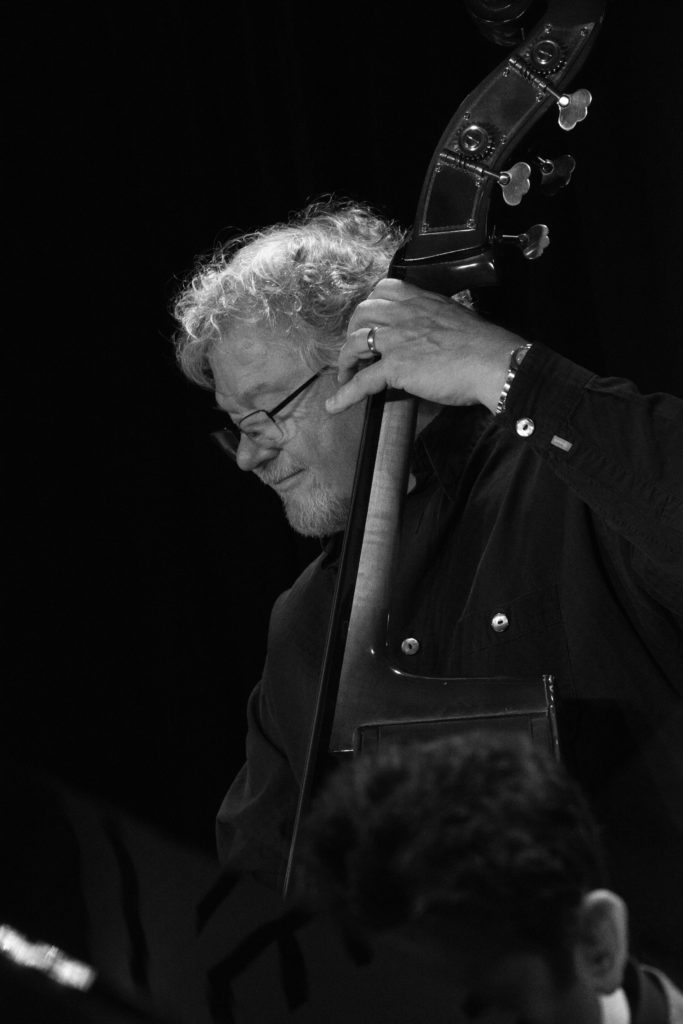
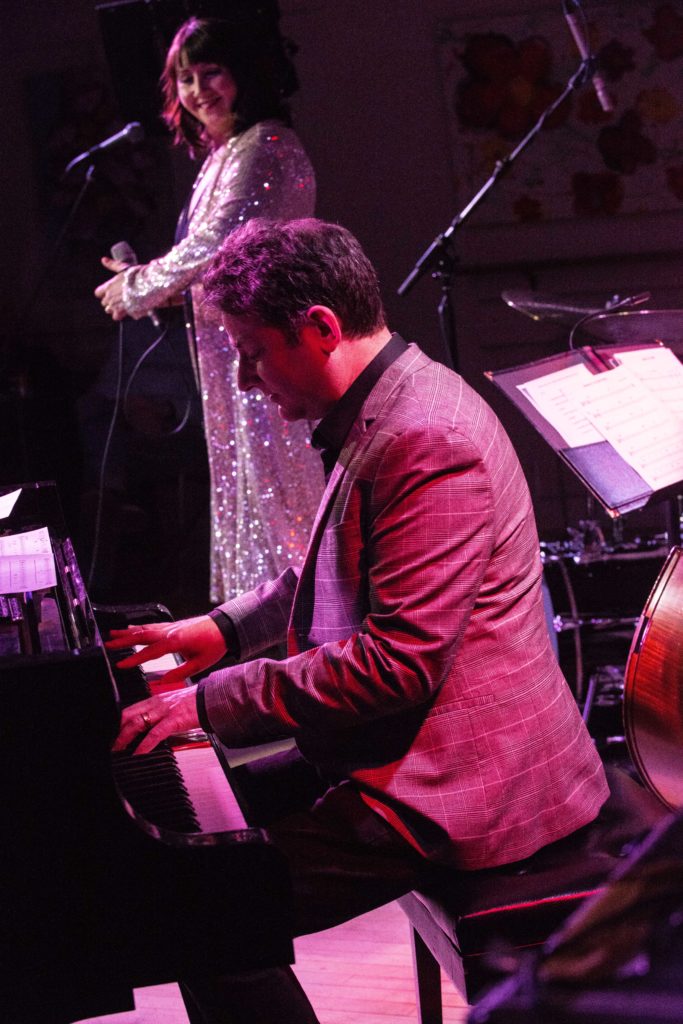
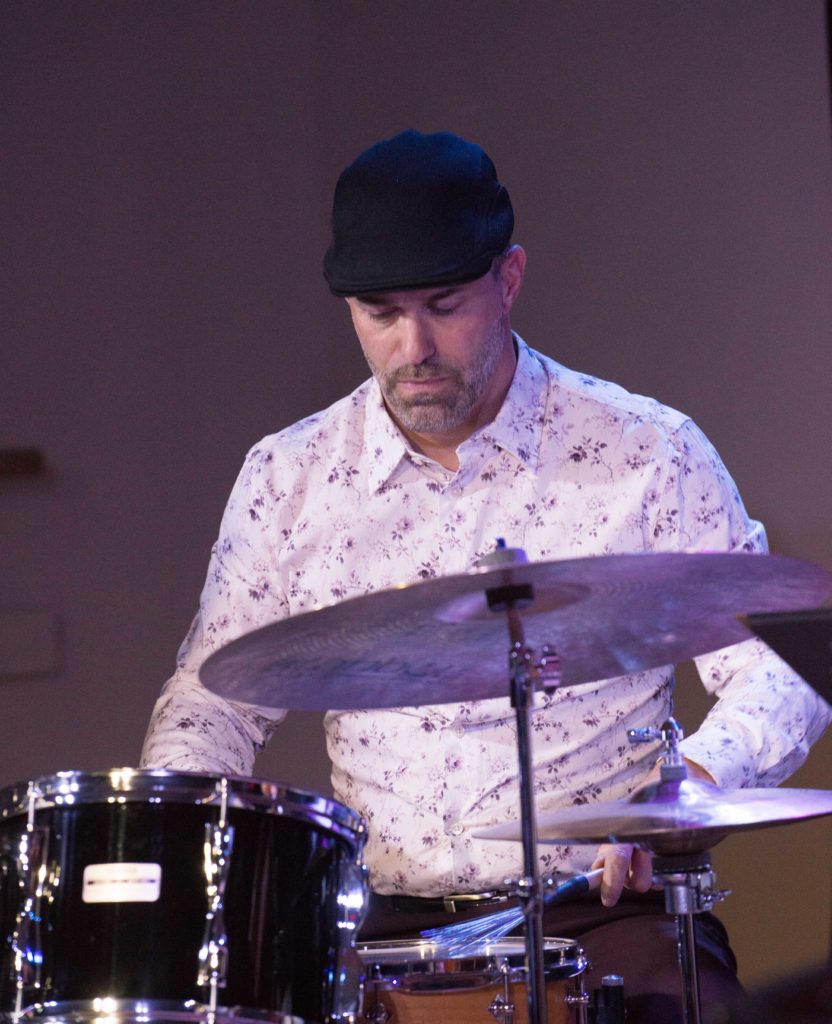
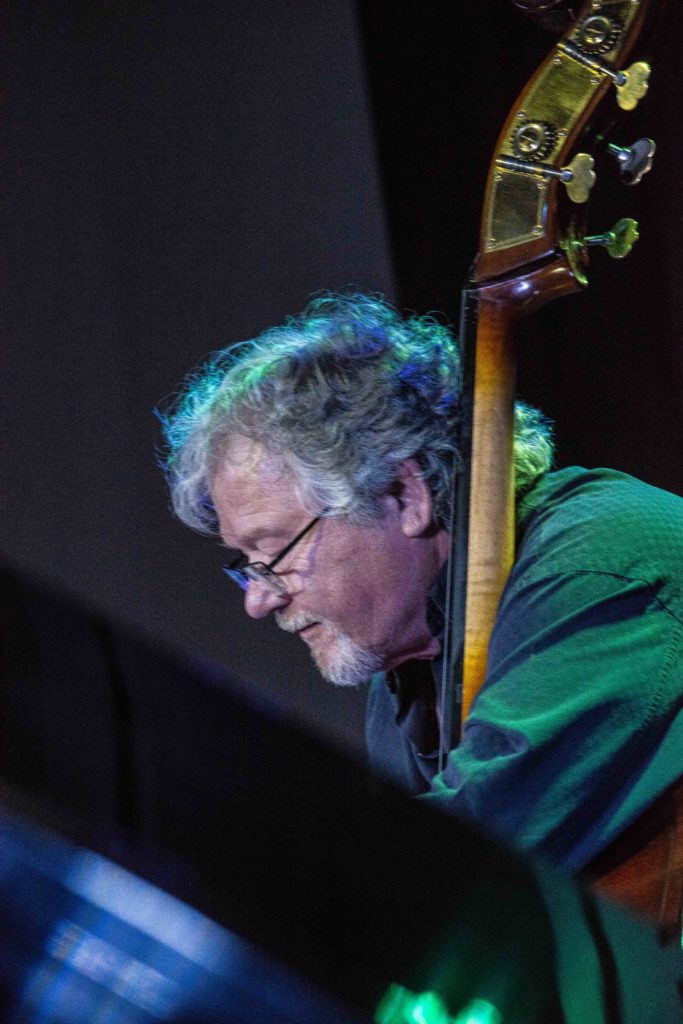
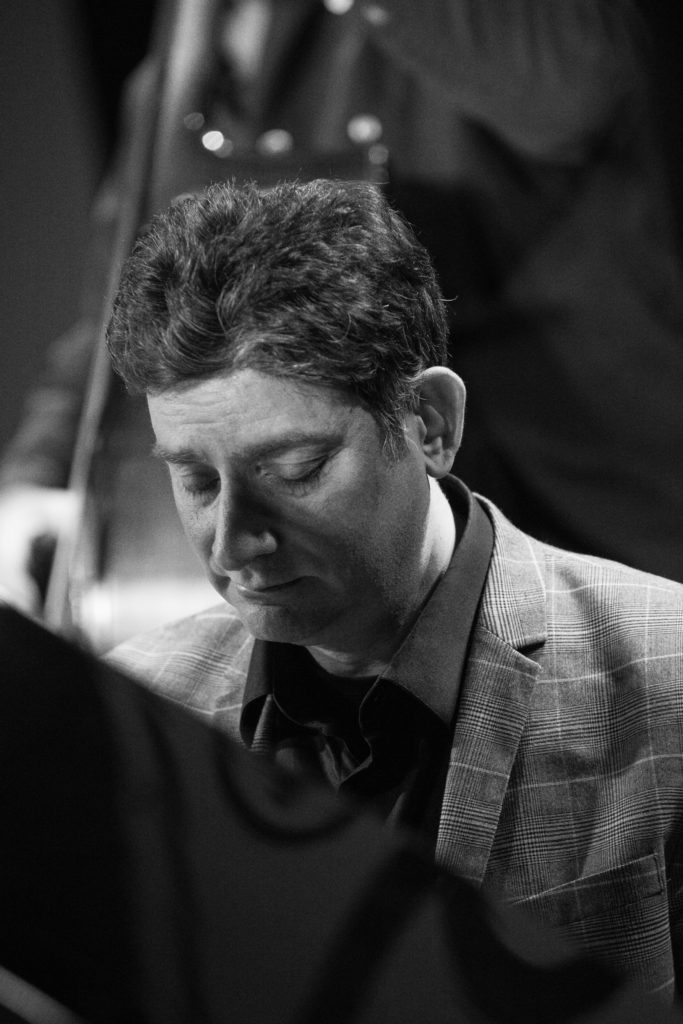
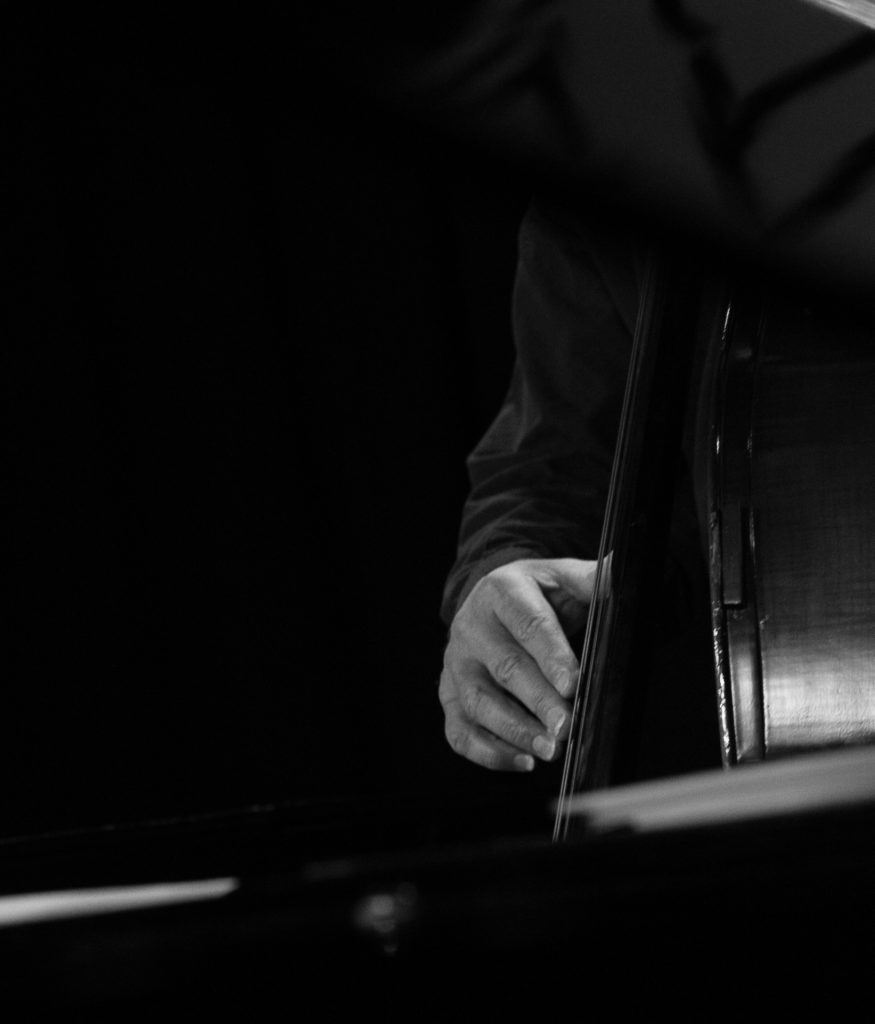
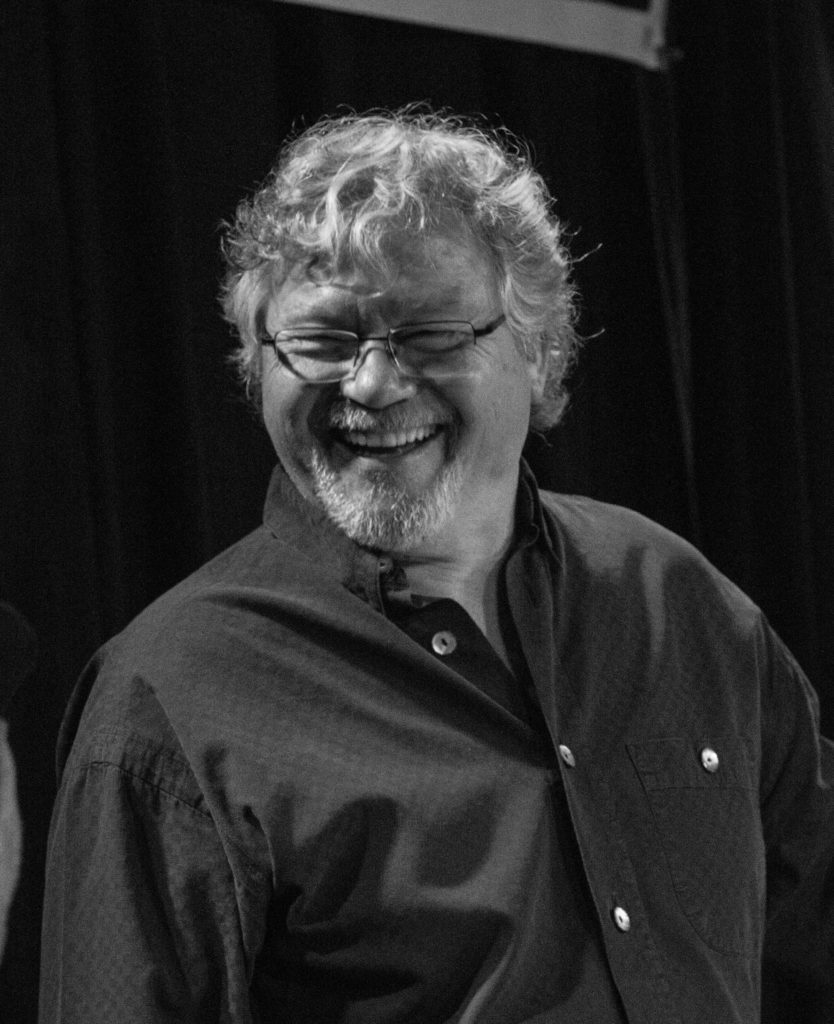

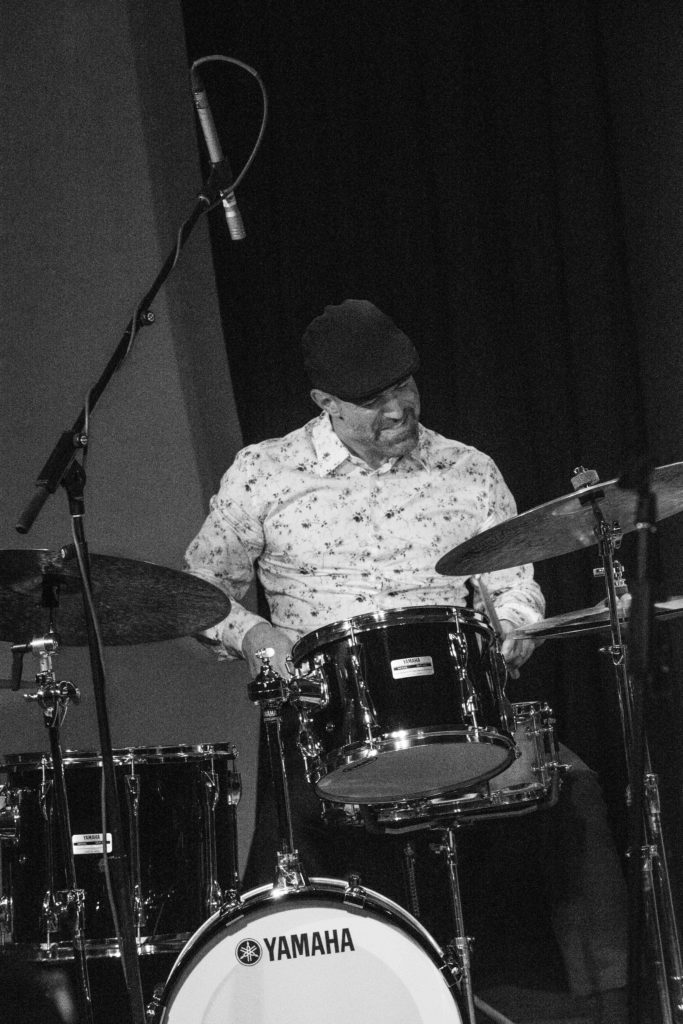
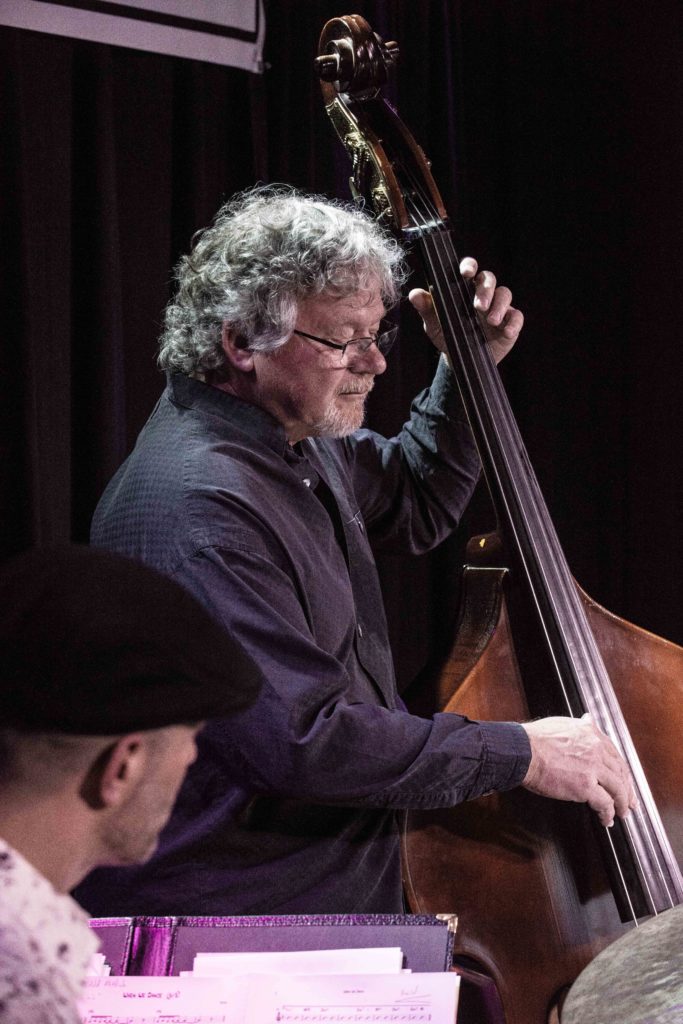
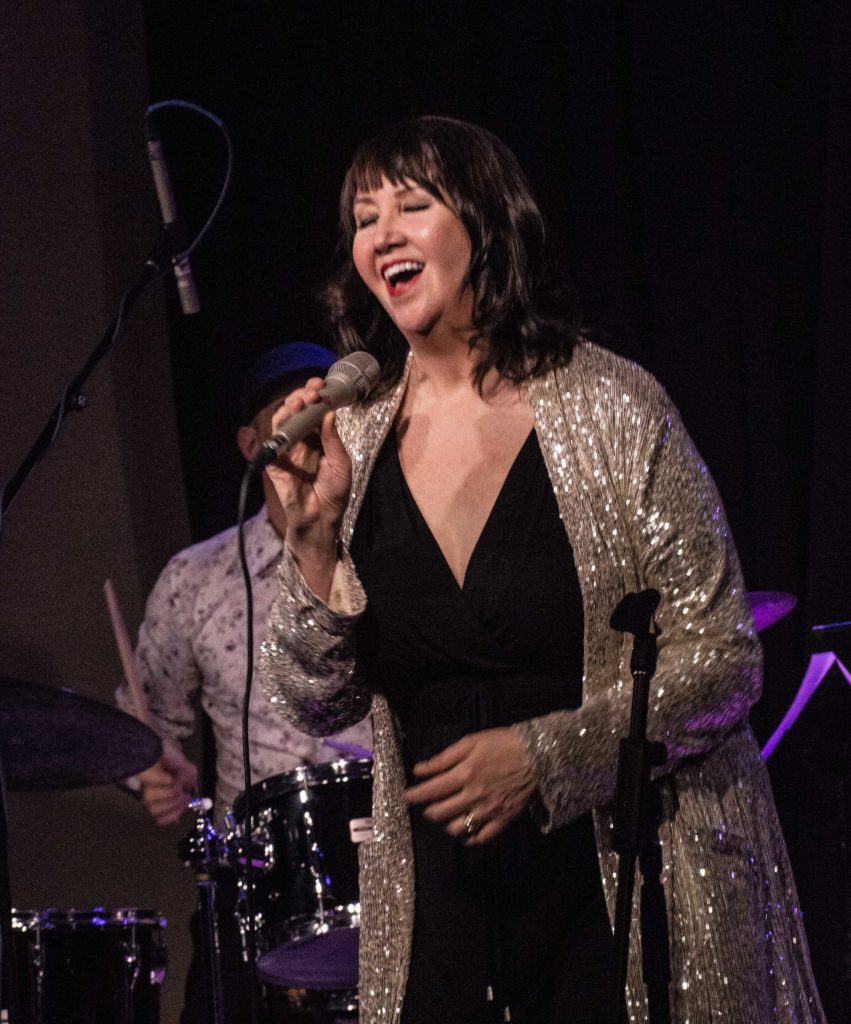
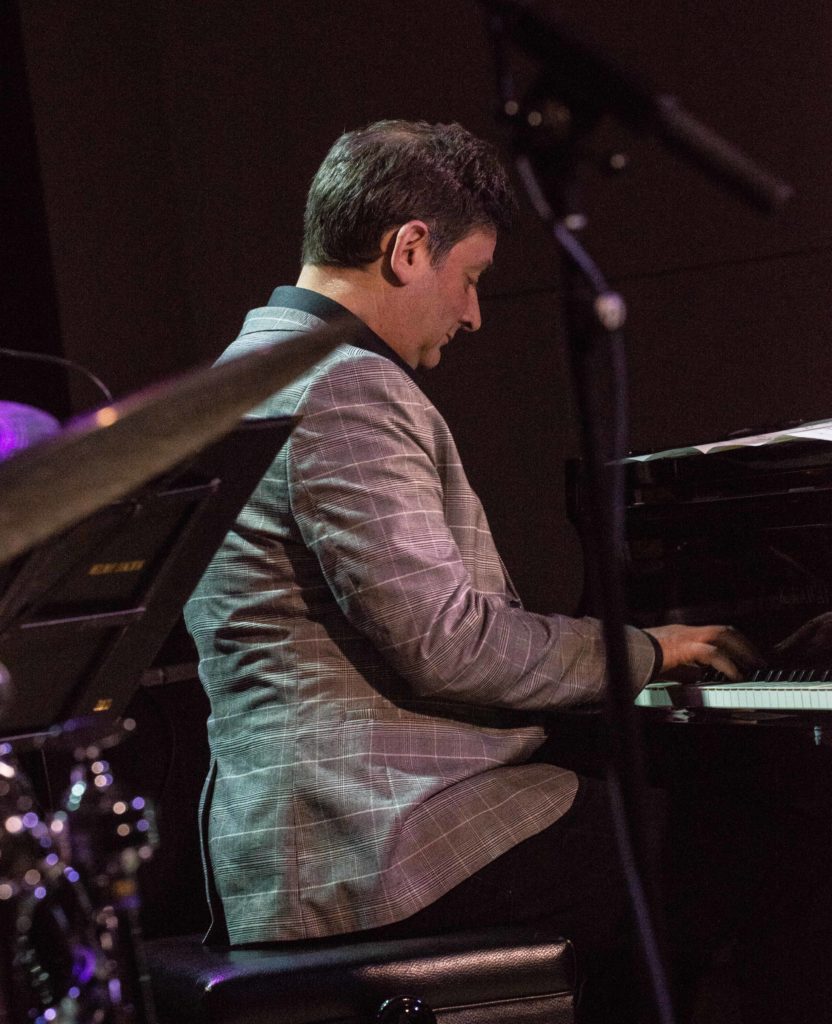
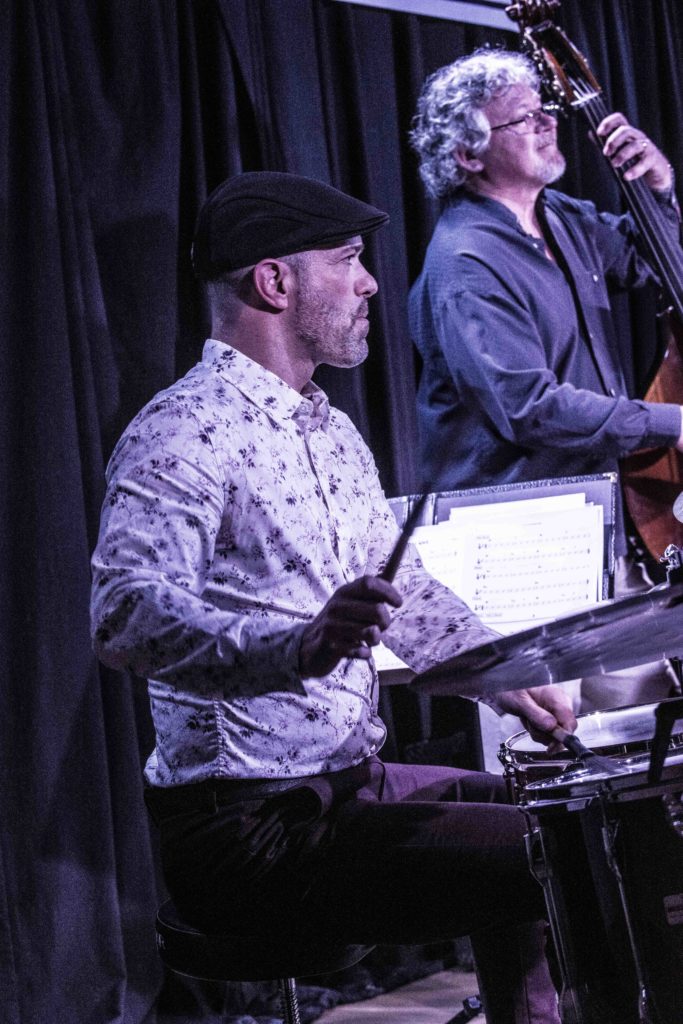

@@@@@@@@@@@@
POSTSCRIPT:
Rick Beato’s interview with Sting –
Fragile – The Jazz Baltica 2003 Performance –
@@@@@@@@@@@@
Shortly after this concert Melody and a crew of musicians went into a studio in Vancouver and recorded the album Sumners Tales – The Music of Sting that will be released in October 2022. This is Fields of Barley from the album.
@@@@@@@@@@@@

:format(webp)/cdn.vox-cdn.com/uploads/chorus_image/image/70496933/GettyImages_1238297753.0.jpg)
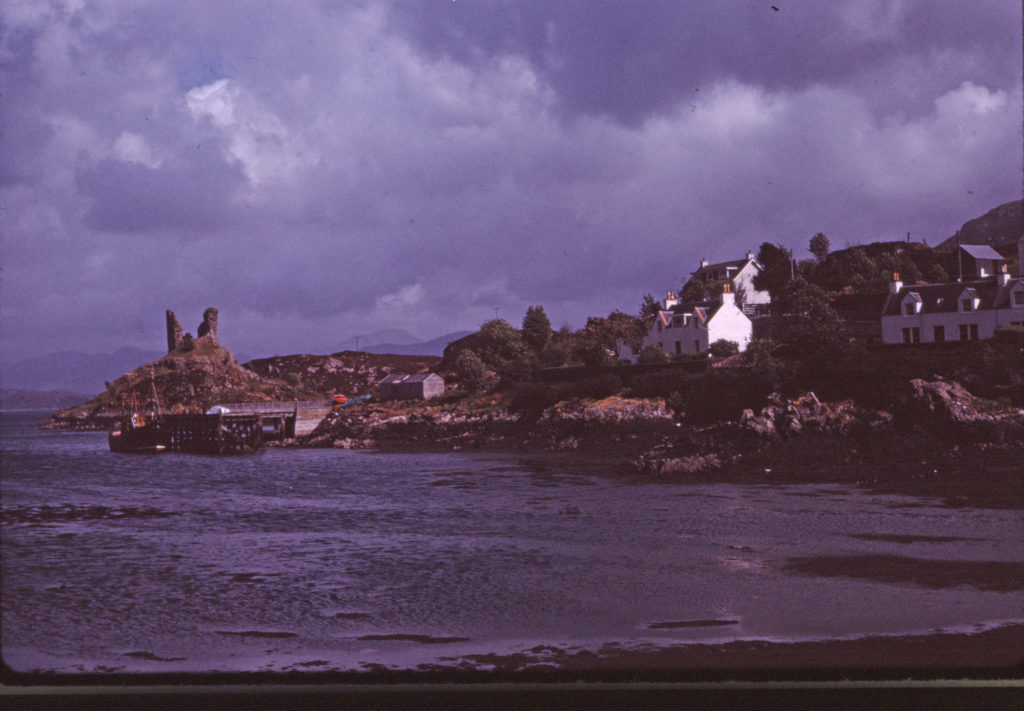
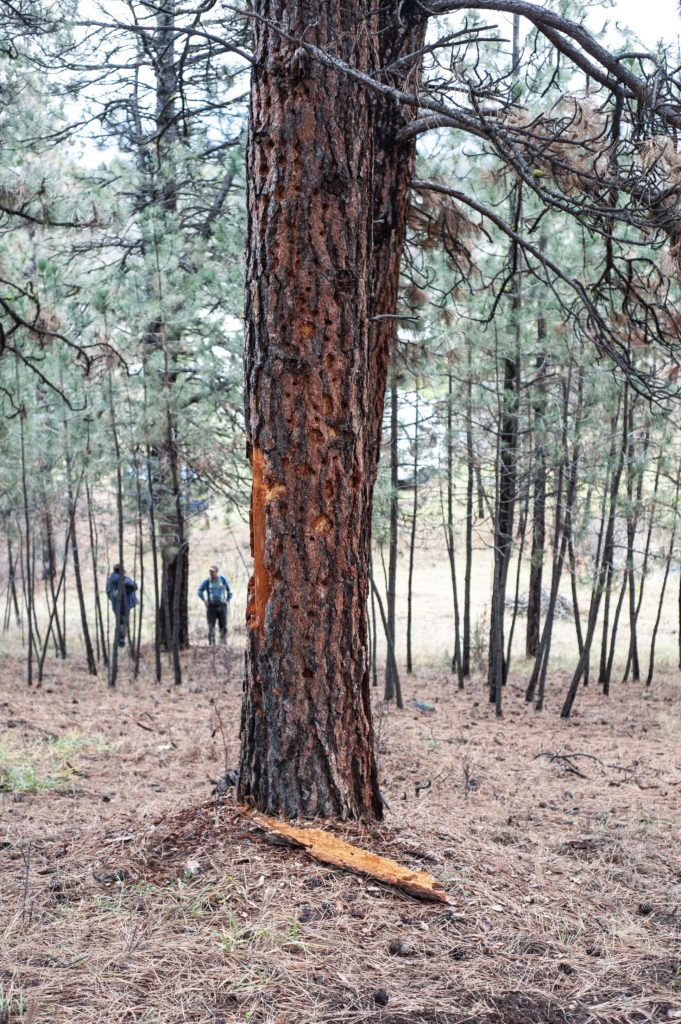
 with clients with more urgent needs. A few days later he showed up with a crew, three trucks , Cherry picker, flat bed trailer, a huge chain saw, tools and a chipper. They formulated a plan: Stage 1 – Decide where to fall the tree and clean out the landing area; Stage 2 – Bring the tree down; Stage 3 – Remove the branches; Stage 4 – Cut up the log and remove; Stage 5 – Clean up
with clients with more urgent needs. A few days later he showed up with a crew, three trucks , Cherry picker, flat bed trailer, a huge chain saw, tools and a chipper. They formulated a plan: Stage 1 – Decide where to fall the tree and clean out the landing area; Stage 2 – Bring the tree down; Stage 3 – Remove the branches; Stage 4 – Cut up the log and remove; Stage 5 – Clean up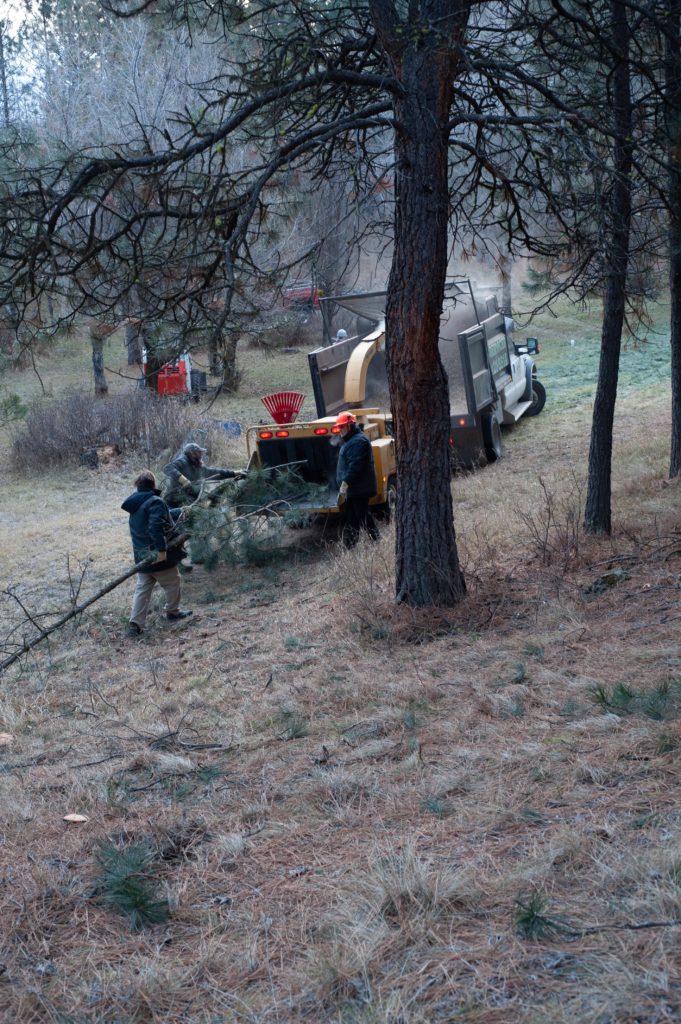
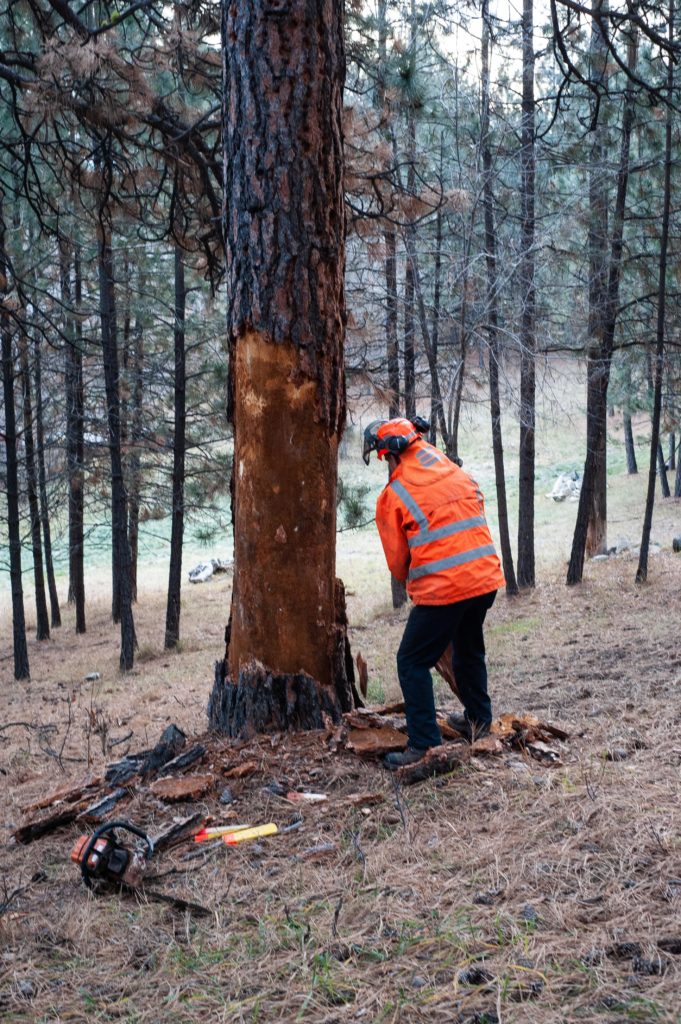
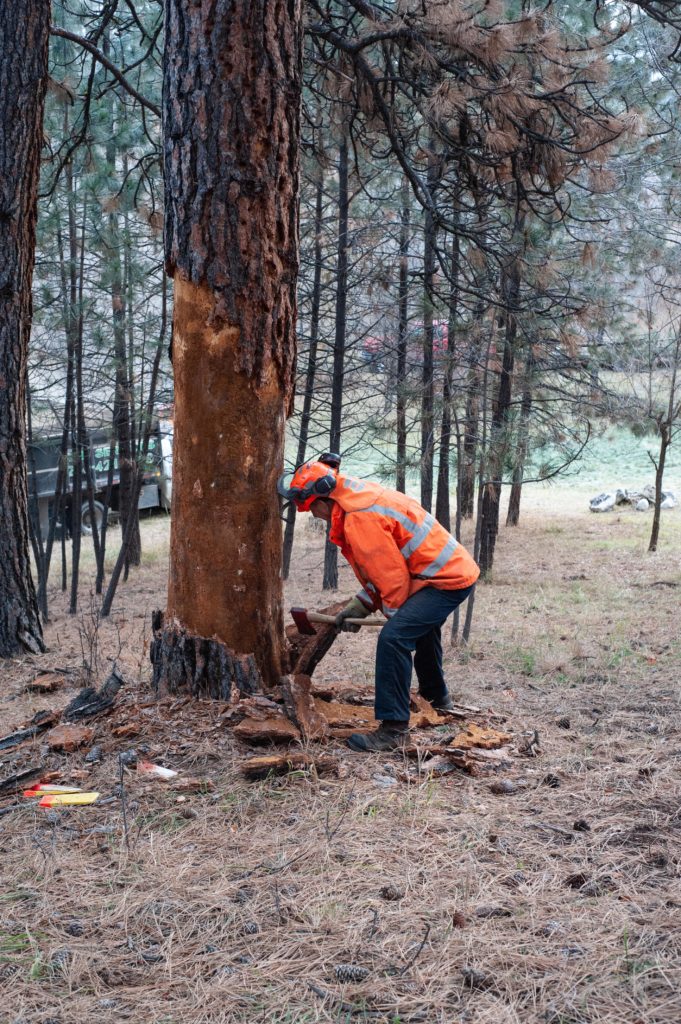
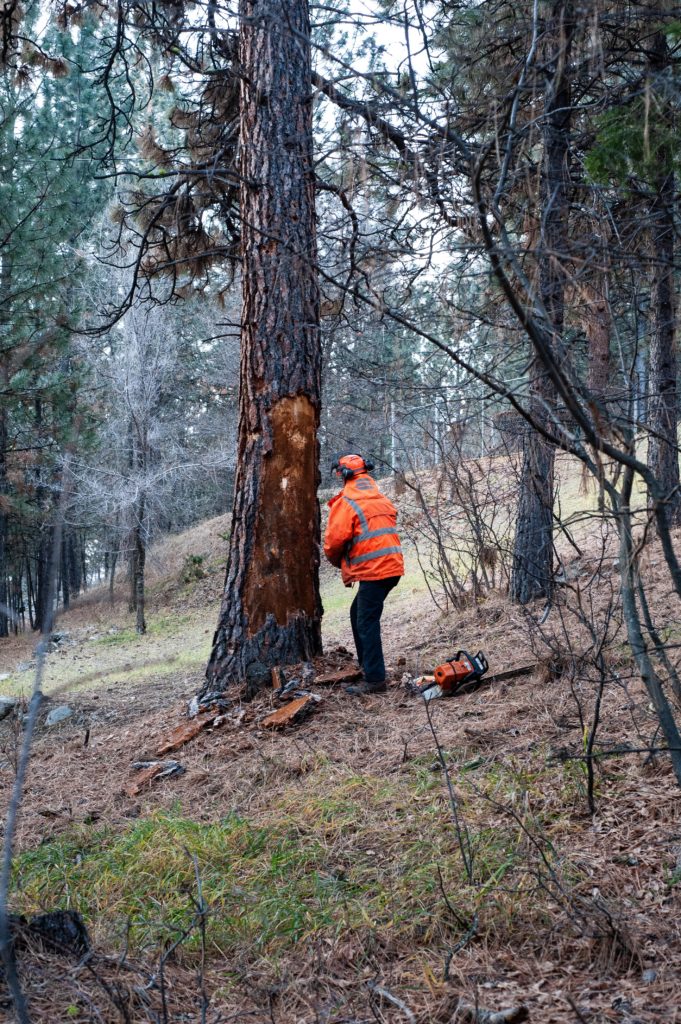
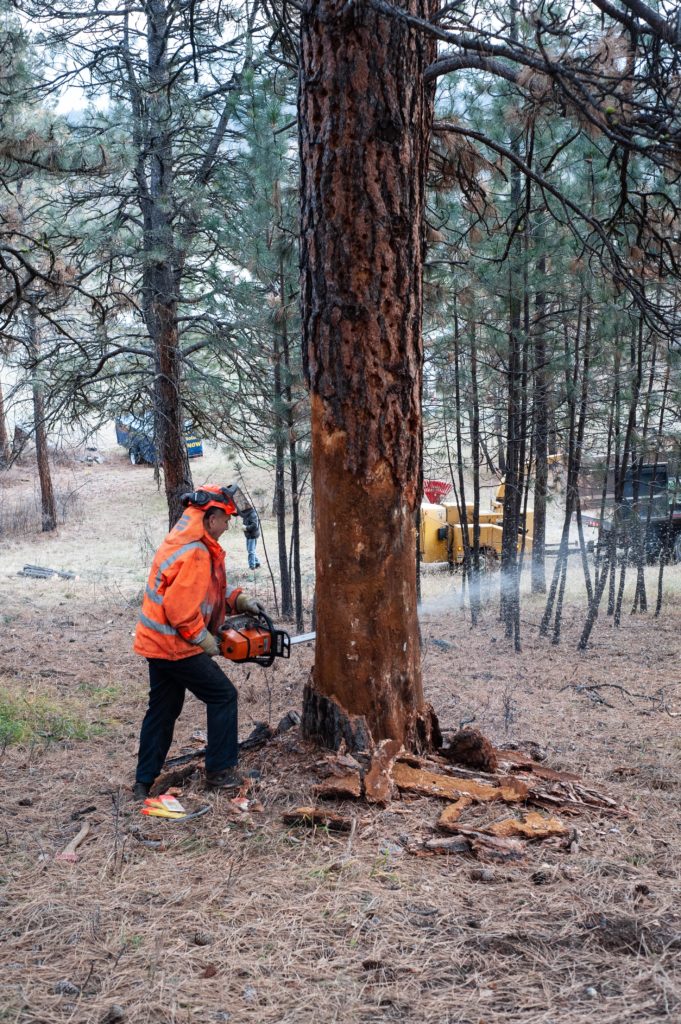
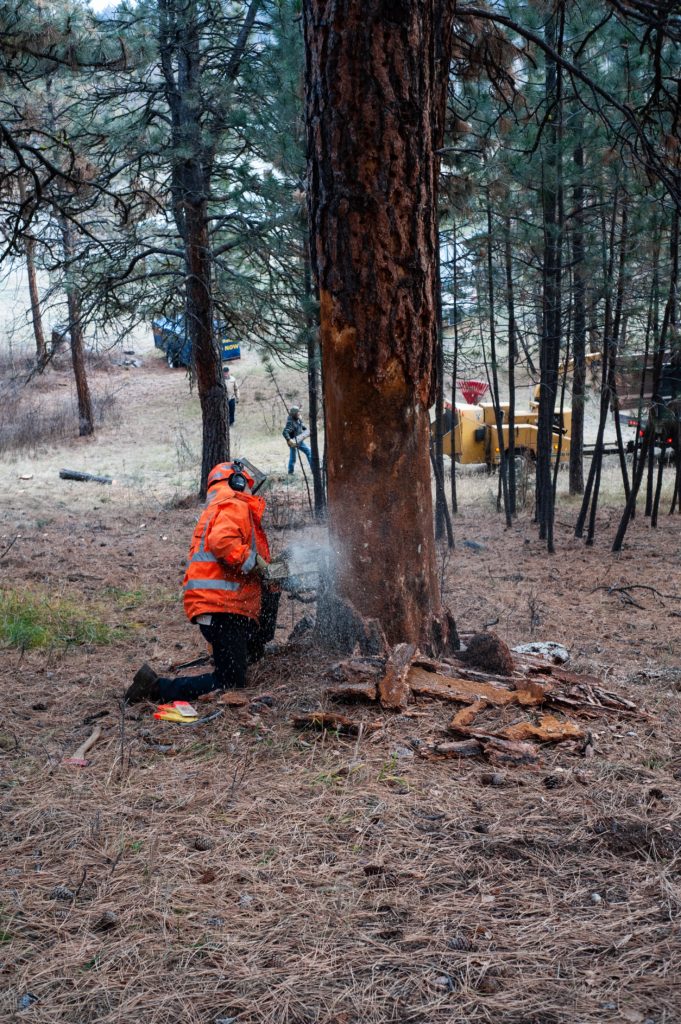
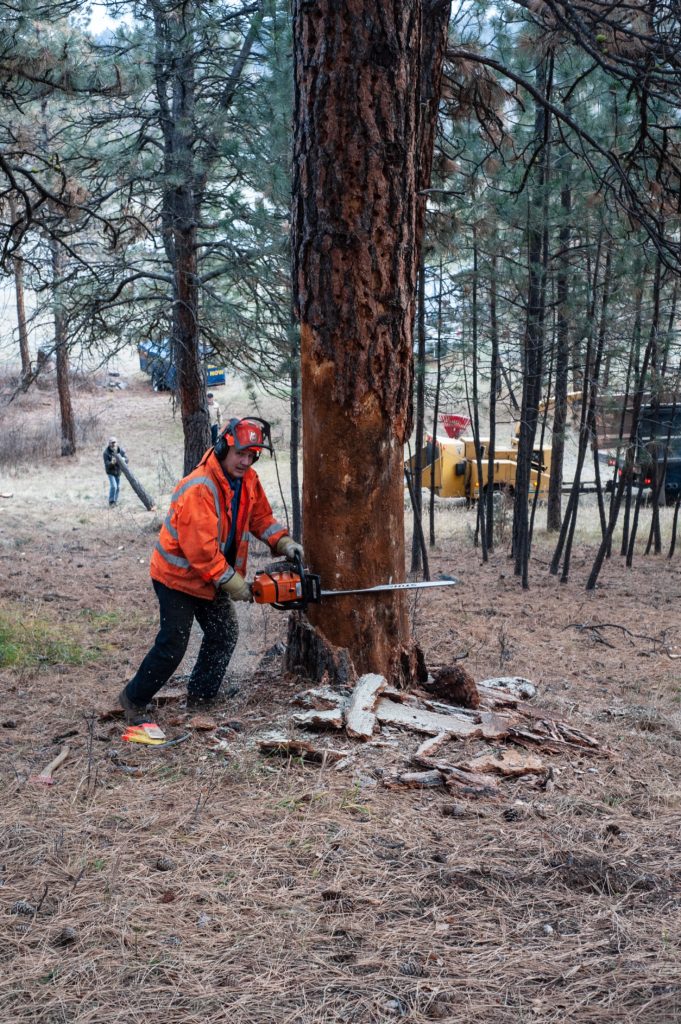
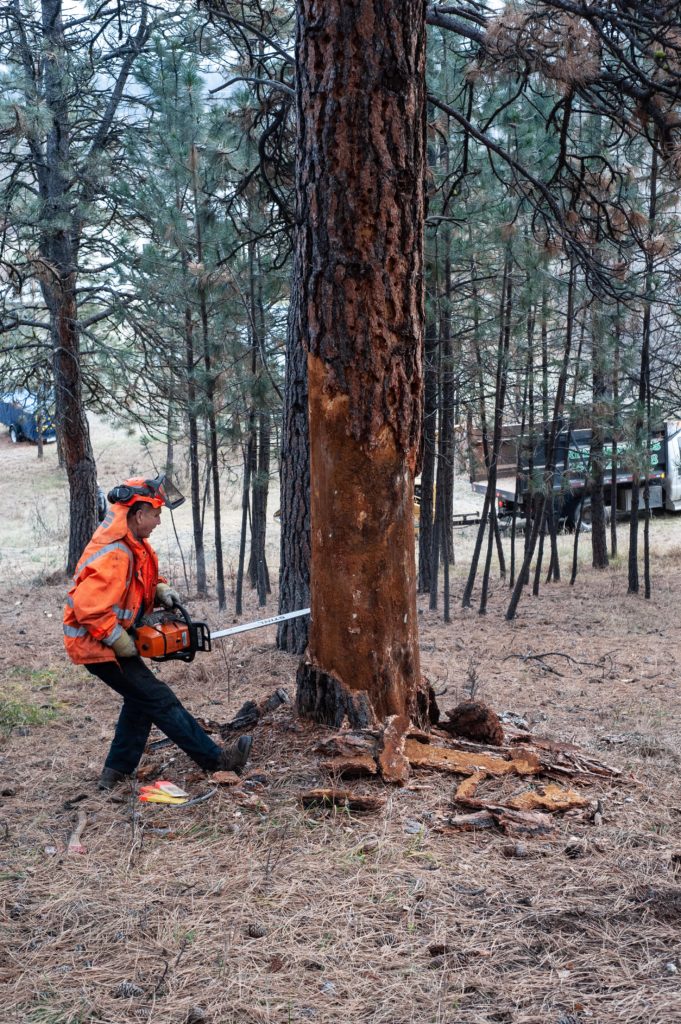
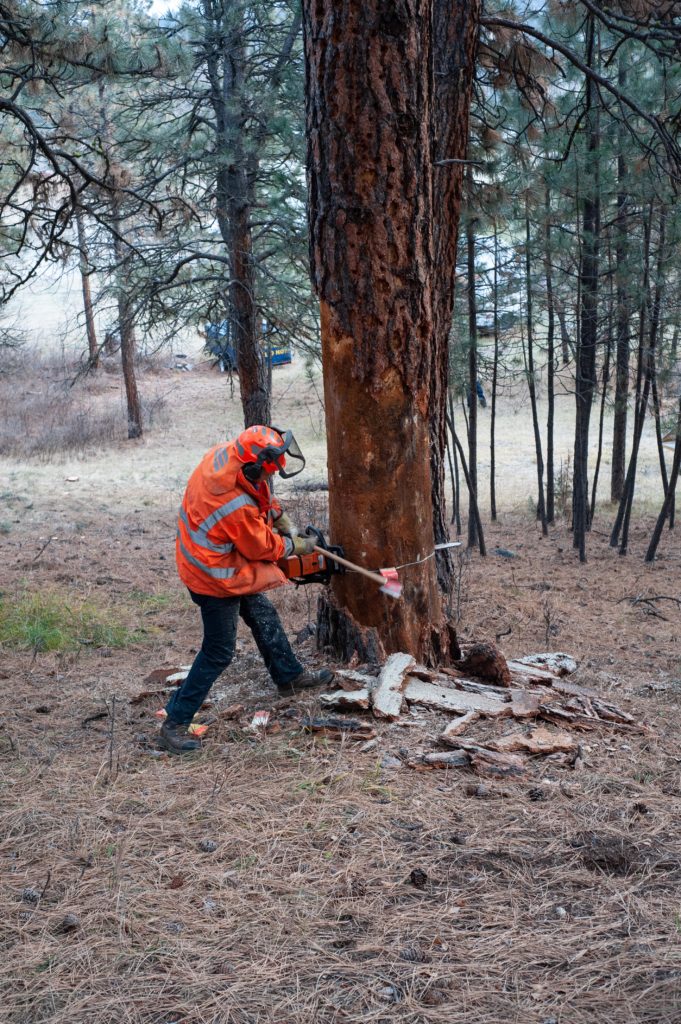
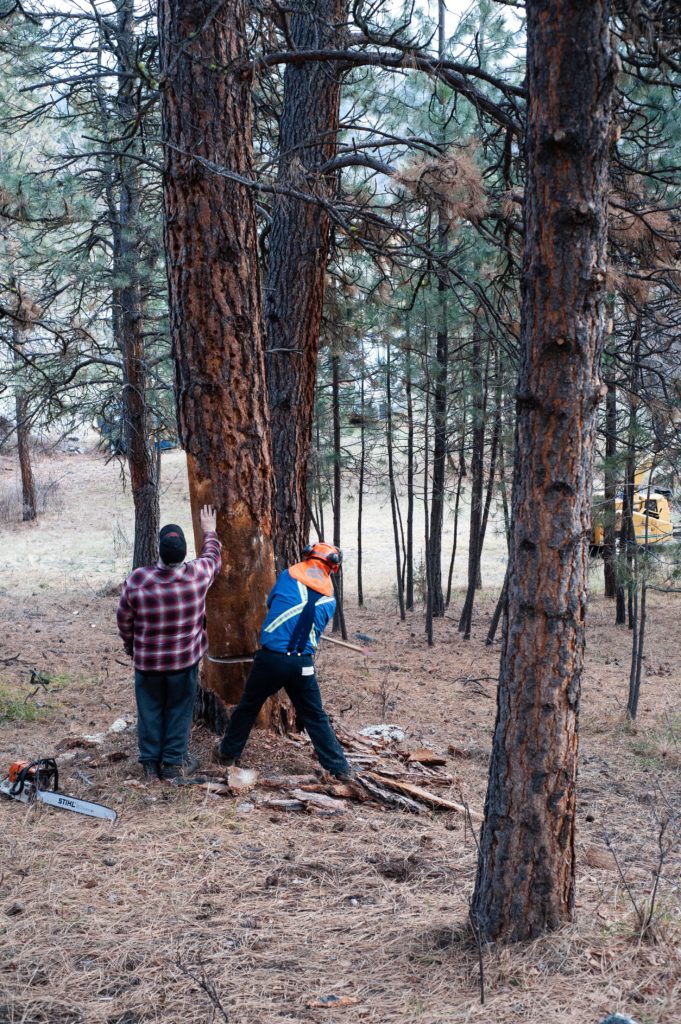
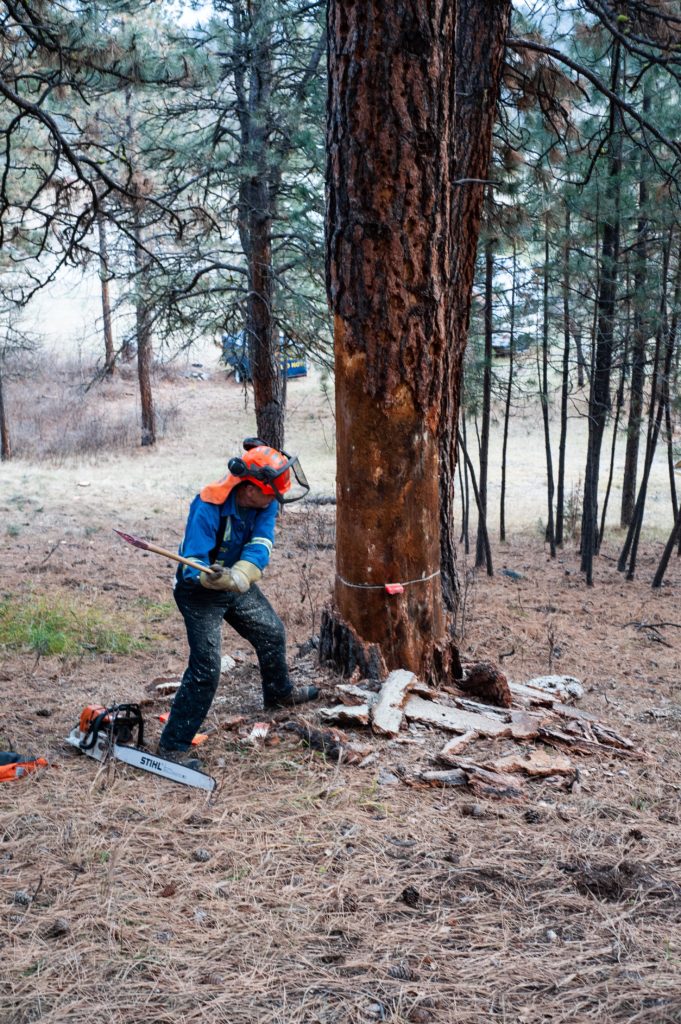
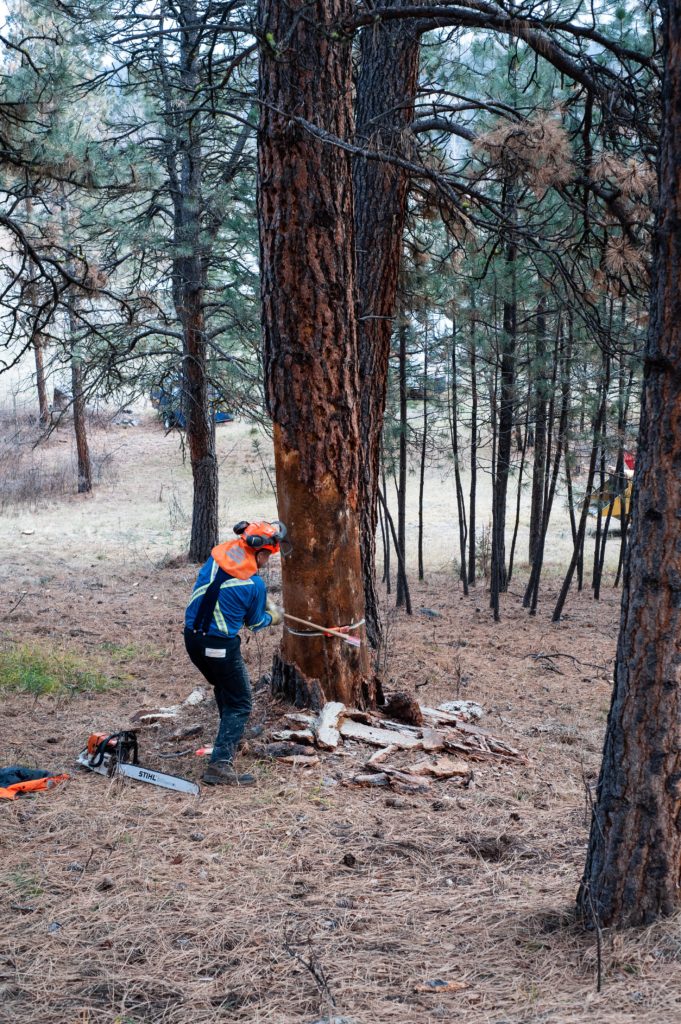
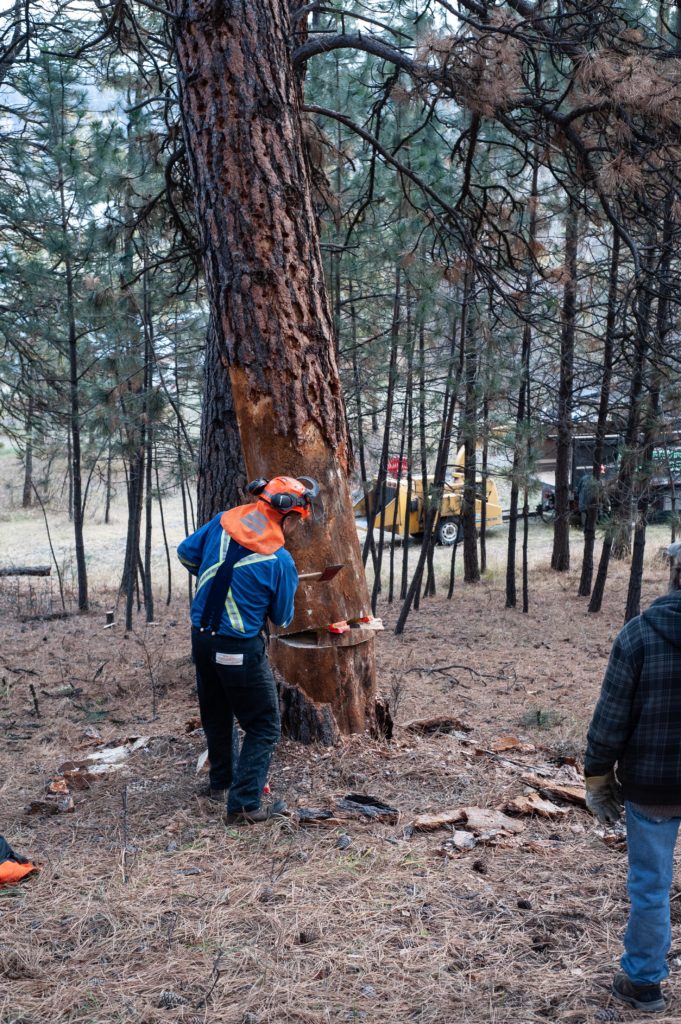
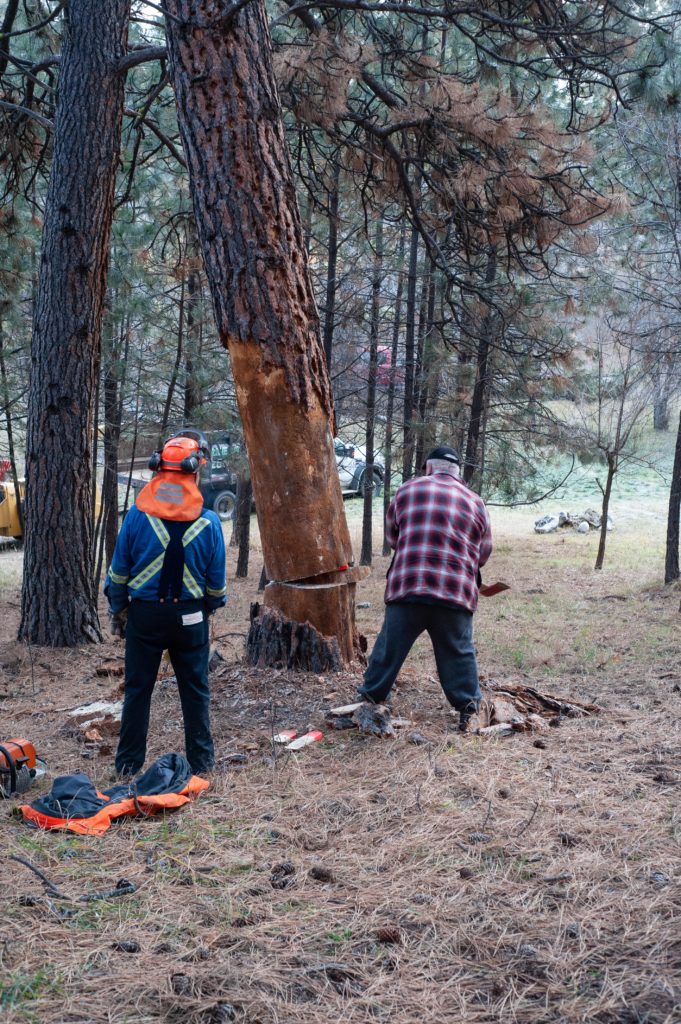
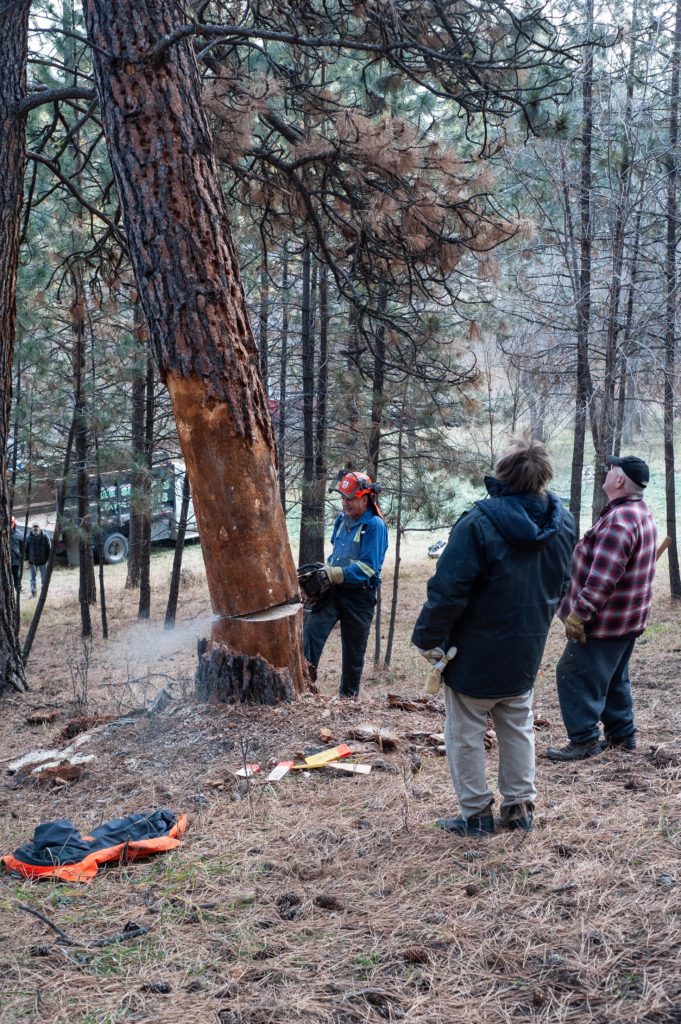
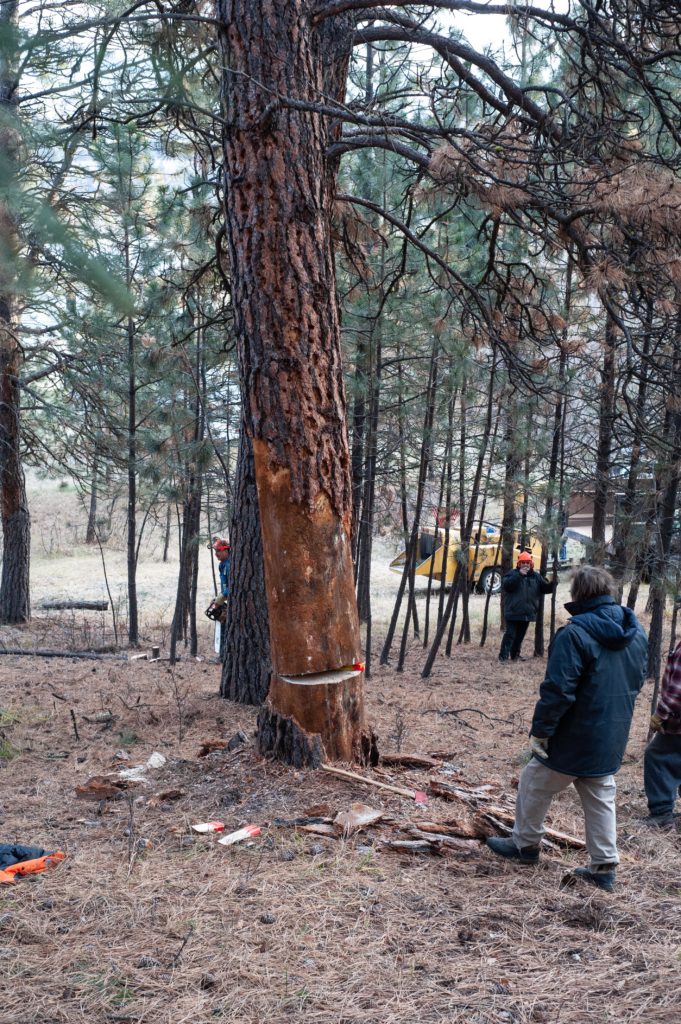
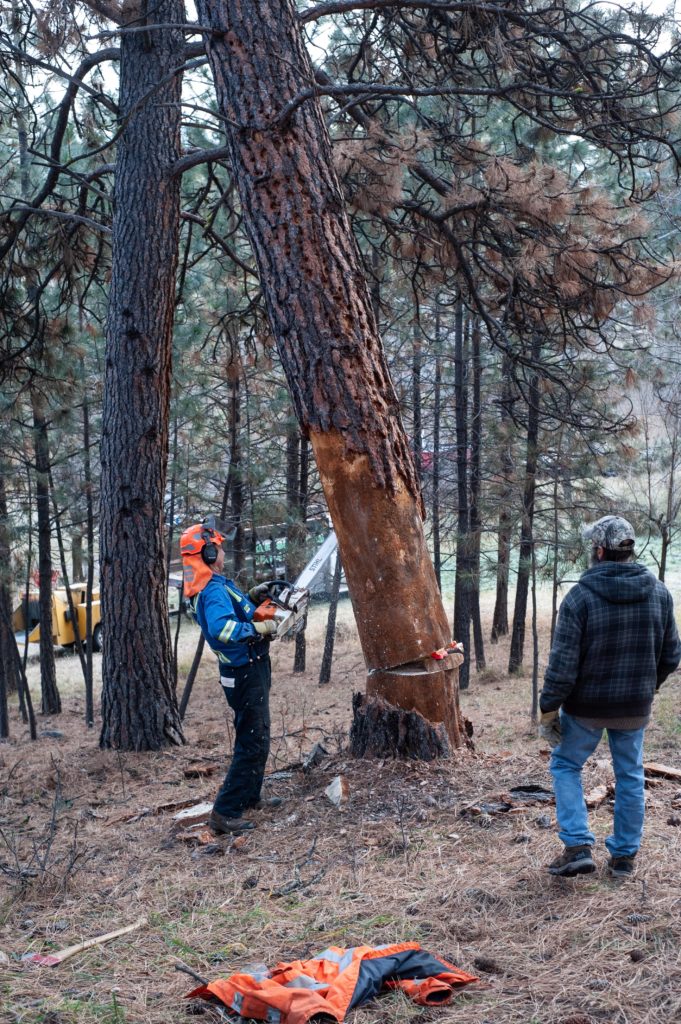
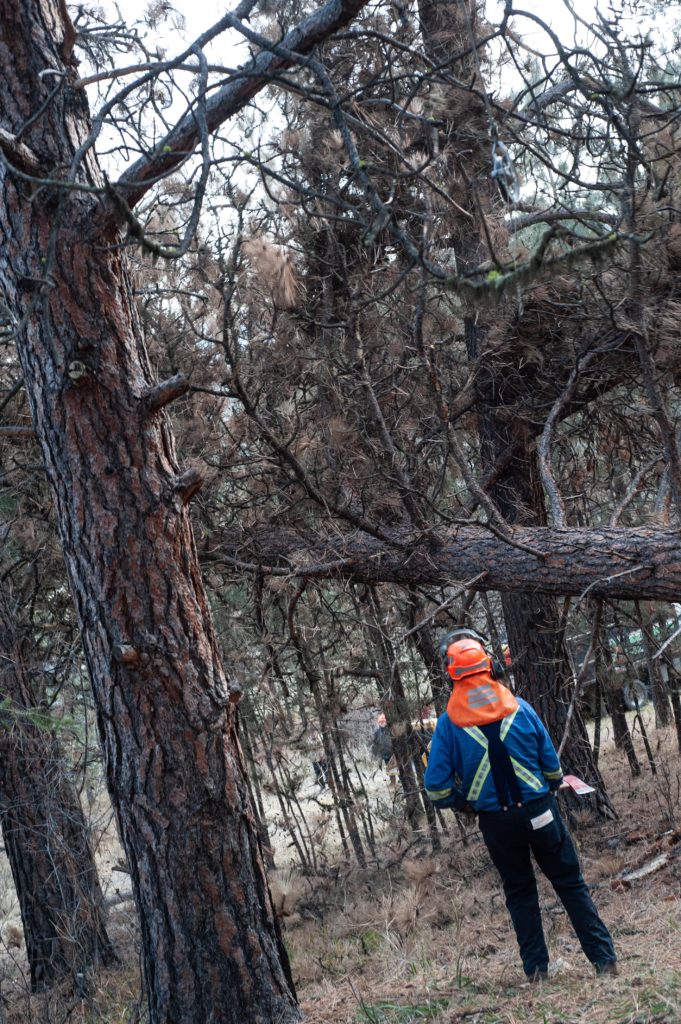
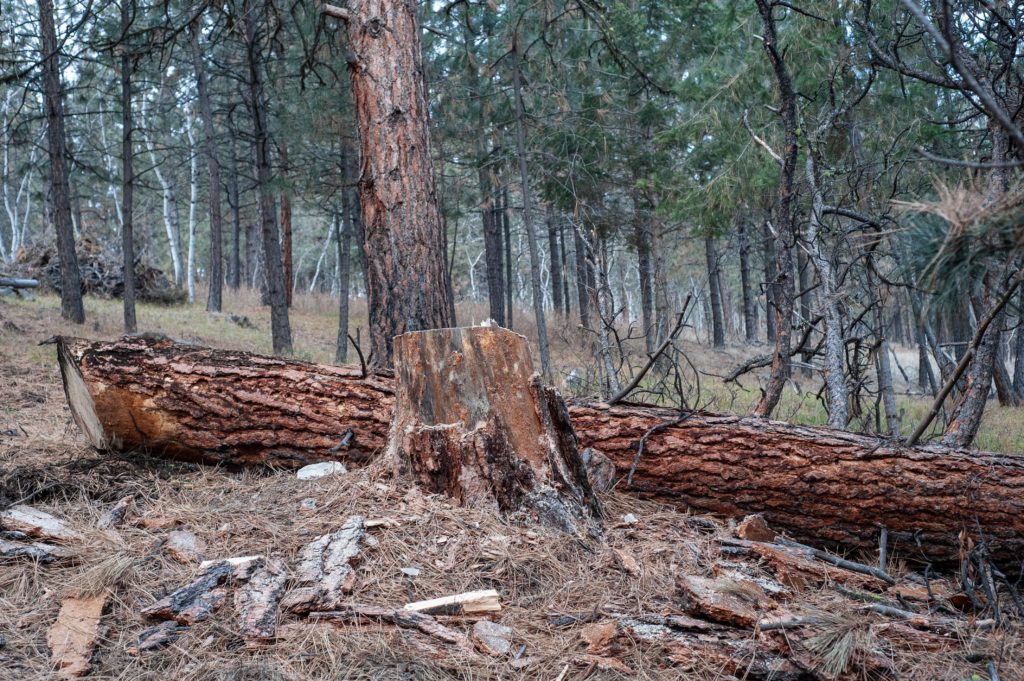
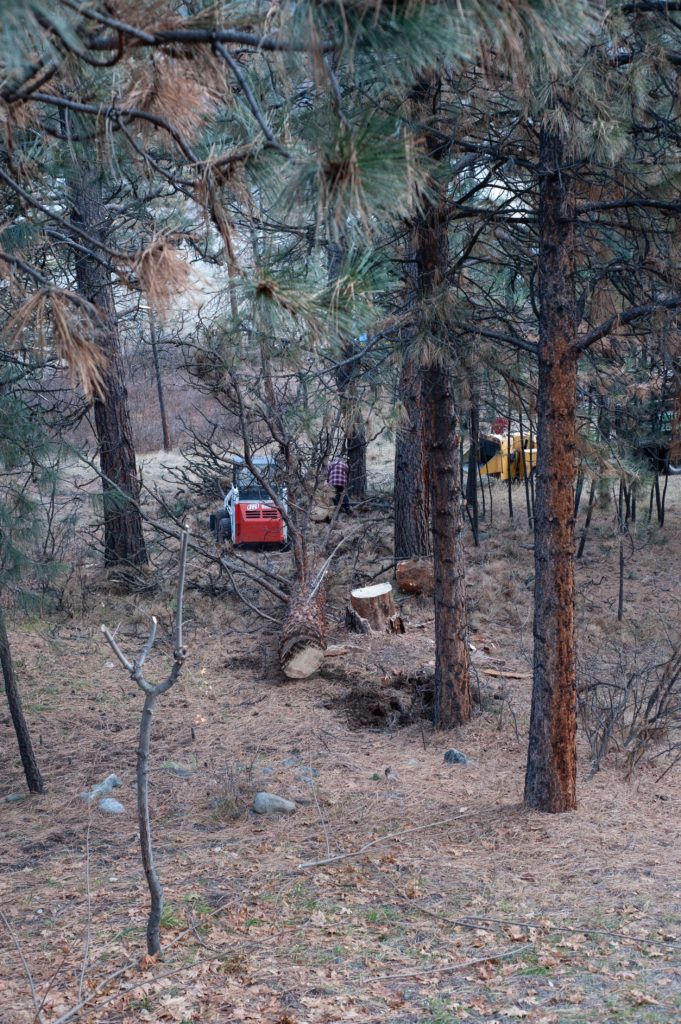
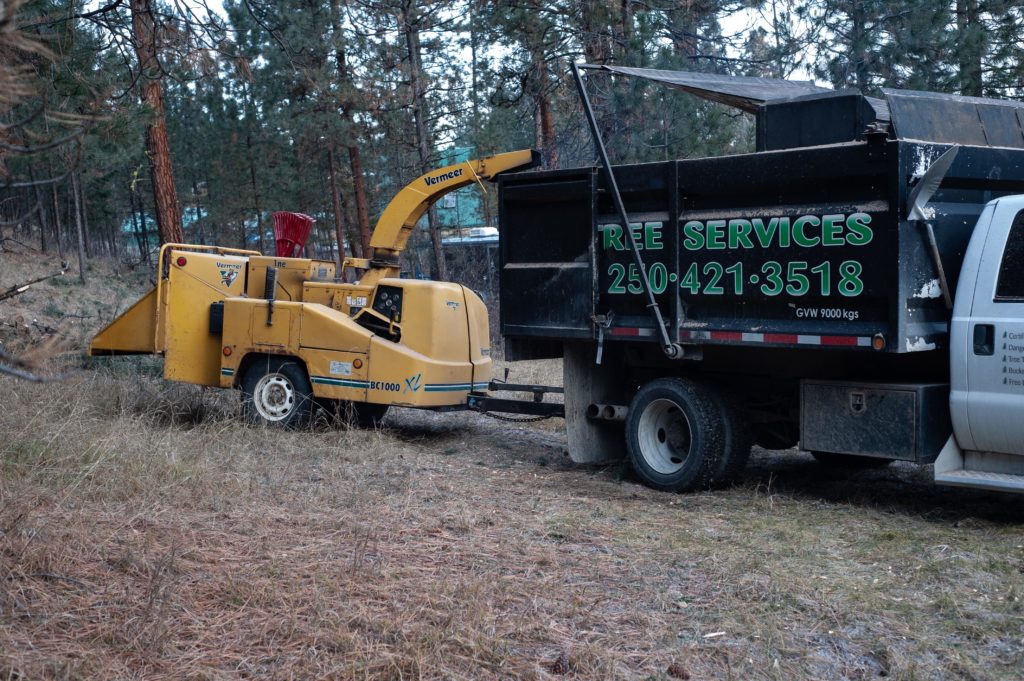
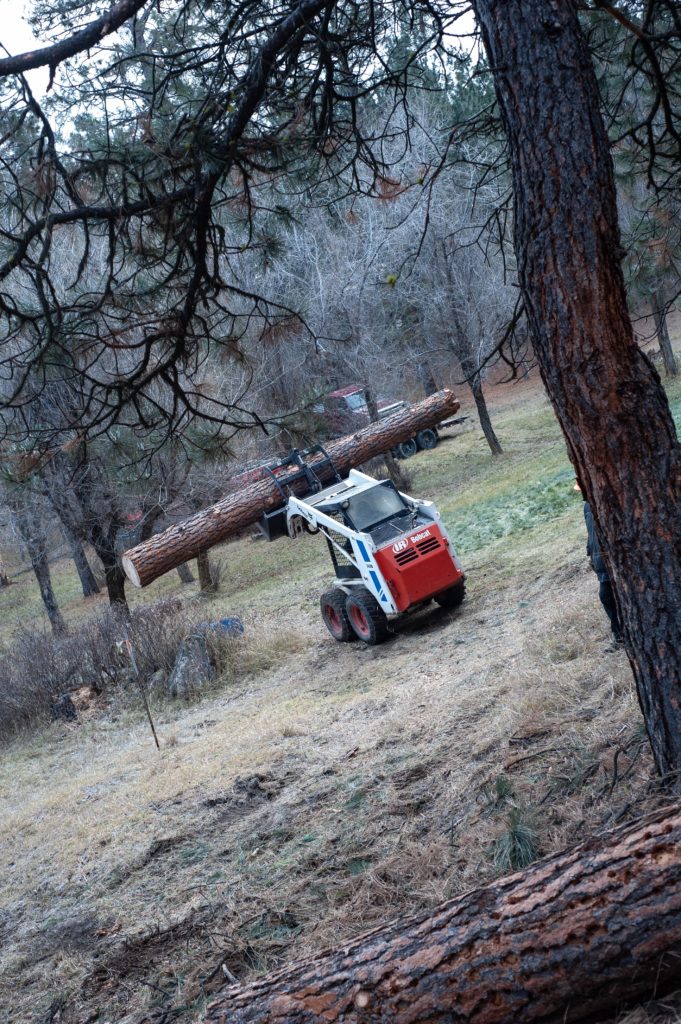
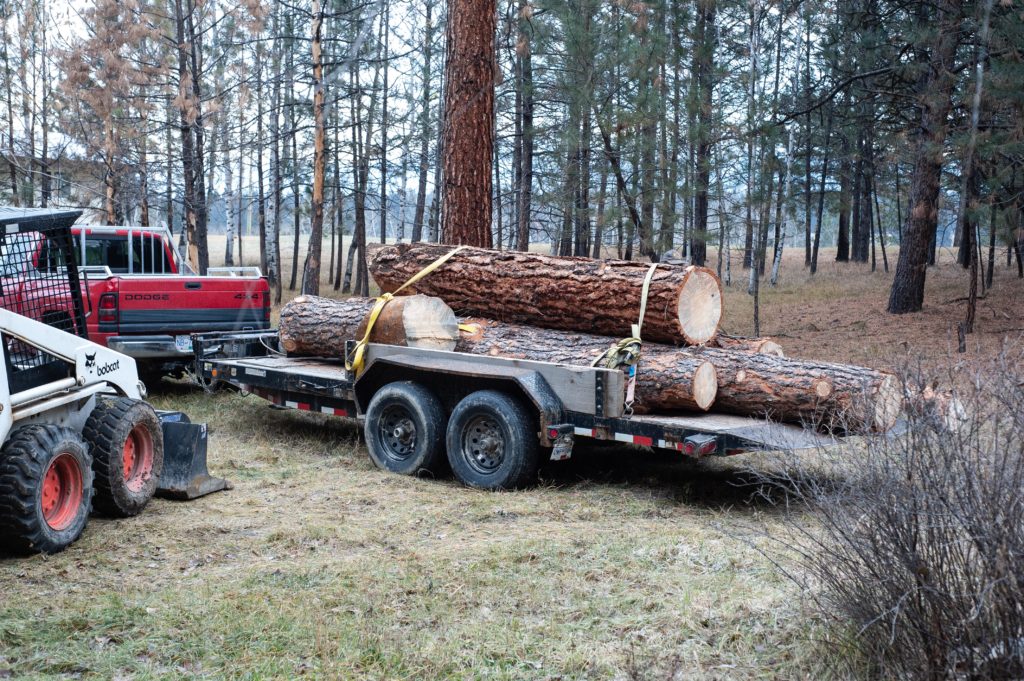
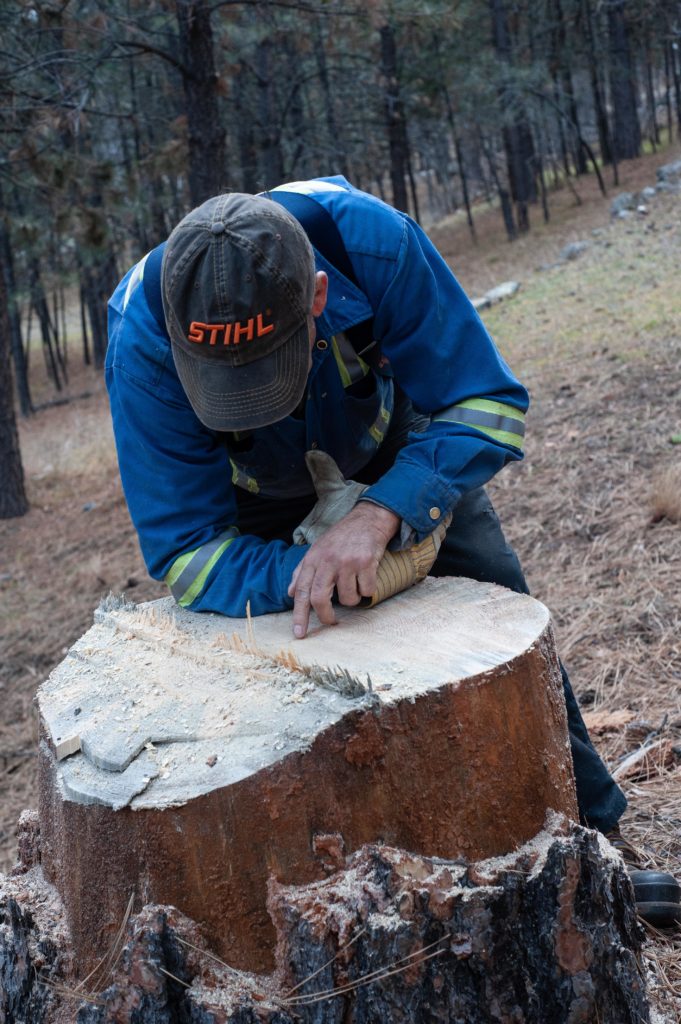
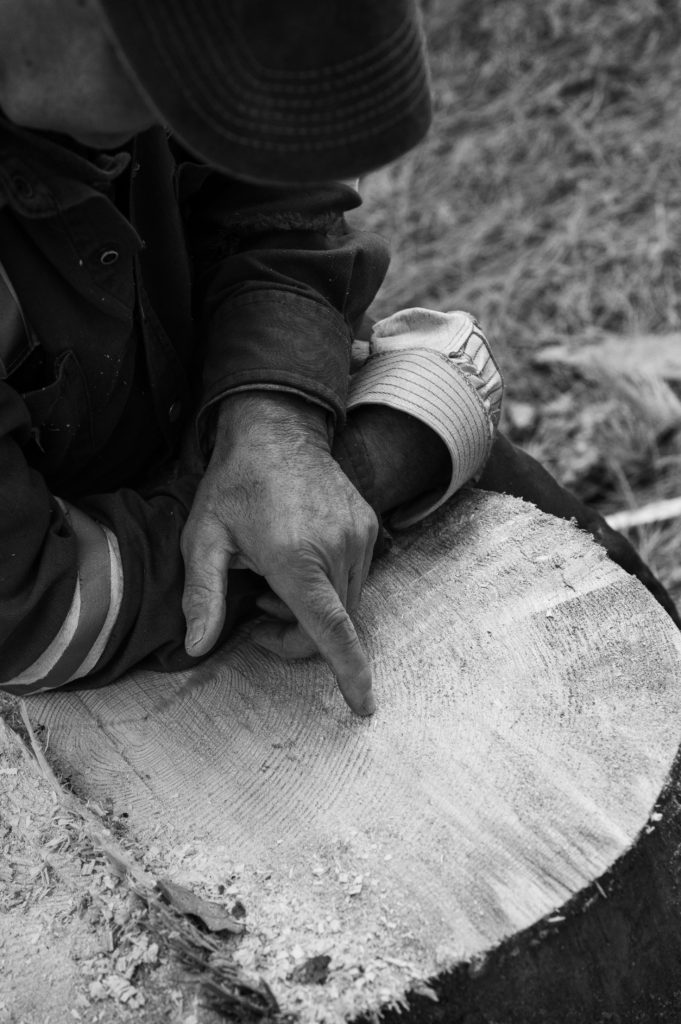
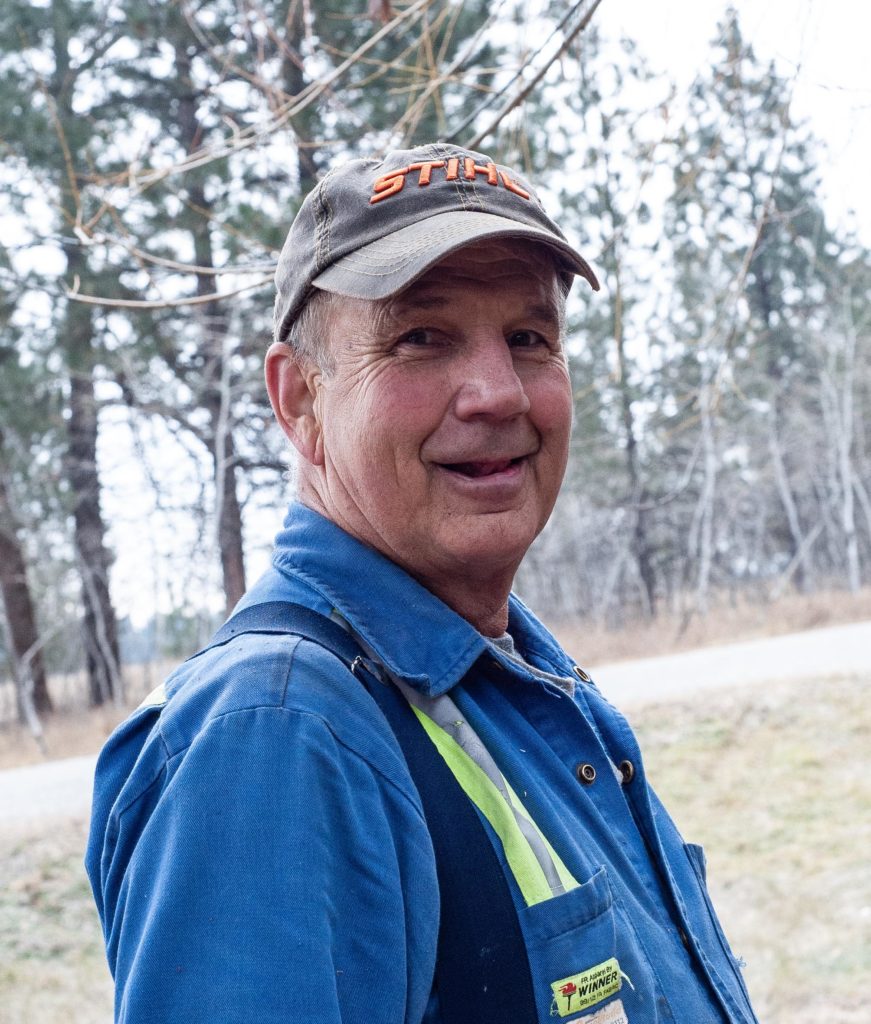
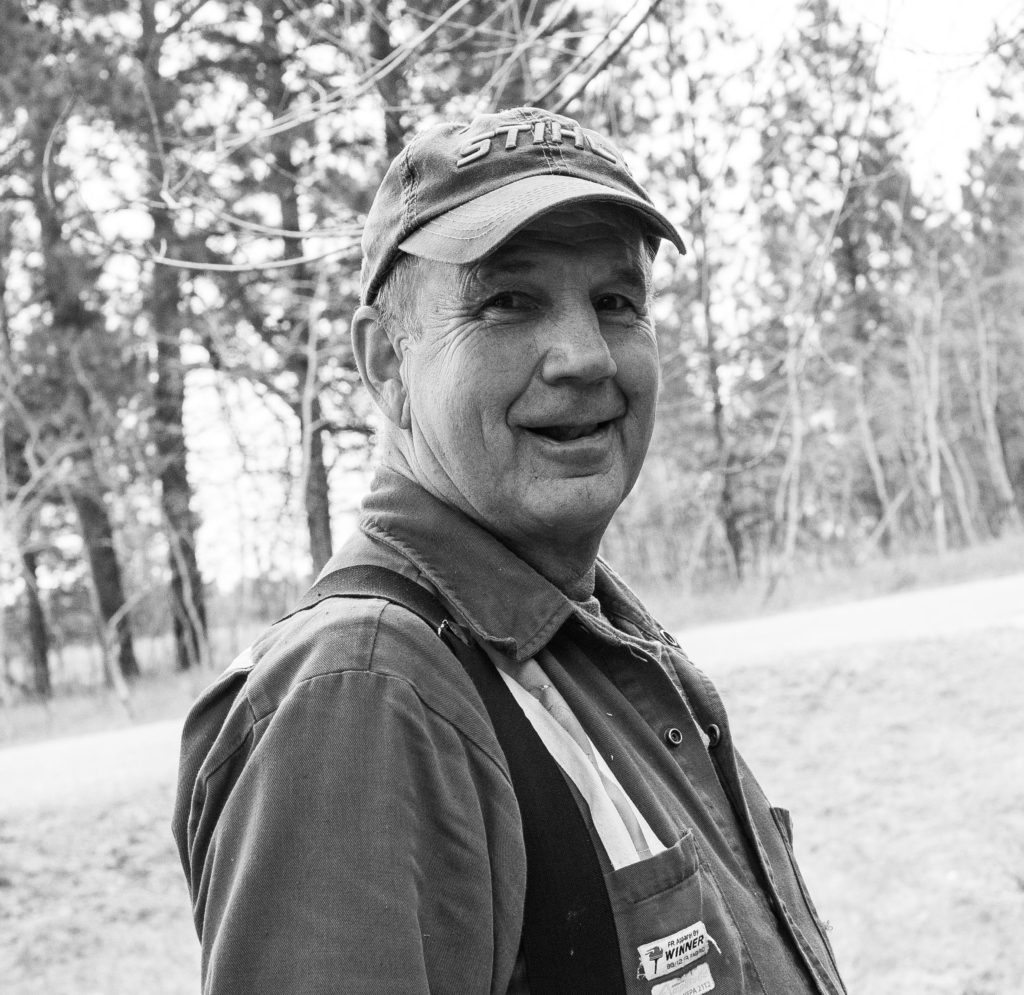
 There is nothing like a pandemic to whet ones appetite for a good post-apocalyptic novel. These days it seems that there is whole genre of science fiction that ruminates on what-if-end of world scenarios. There are plenty to pick from but a good place to start is to go back to the classics and that would include
There is nothing like a pandemic to whet ones appetite for a good post-apocalyptic novel. These days it seems that there is whole genre of science fiction that ruminates on what-if-end of world scenarios. There are plenty to pick from but a good place to start is to go back to the classics and that would include